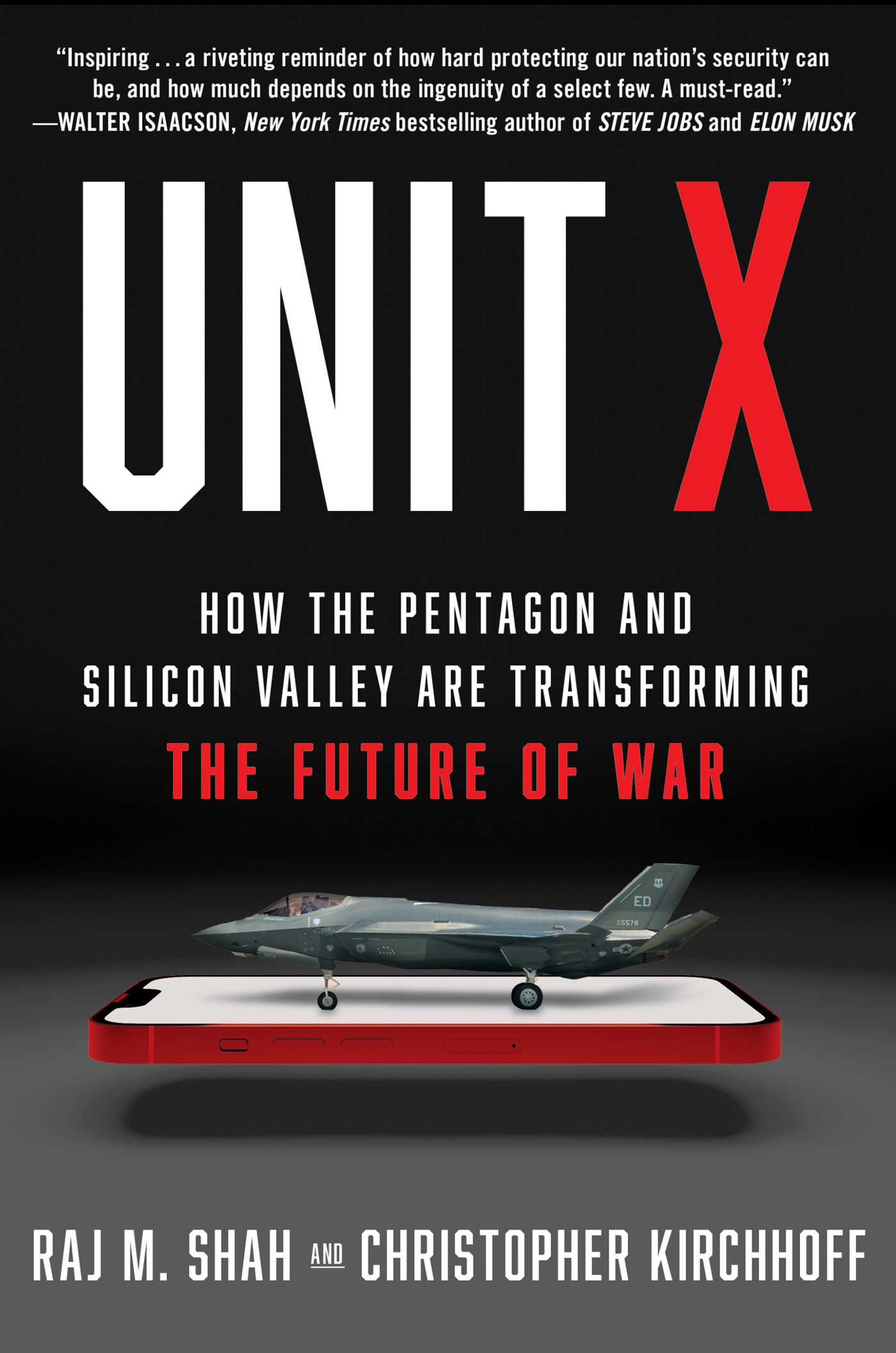Unit X exposes the double-edged sword of civil servants and congressional aides entrenched in the intricacies of budge and procurement policy – and how much America’s public sector ability to innovate hinges on the creativity and personality of these bureaucratic subject matter experts.
One can choose to hack the bureaucracy and find loopholes that open the door to American innovation or take an ego trip that withholds millions (billions?) of taxpayer dollars keeping us attached to the status quo.
Unit X is the story of the Defense Innovation Unit, initially an experimental organization established in 2015 (hence the ‘X’) by then Secretary of Defense Ash Carter, to hack Pentagon culture and inject a little more Silicon Valley into the Beltway military industrial complex. This included bringing a product and software mindset to the U.S. Department of Defense, but also opening up business channels between two polar opposite ecosystems: Washington’s biggest bureaucracy and Silicon Valley’s early stage startups.
DIU 1.0 was a bust, but with a top cover term sheet commitment from Defense leadership, Christopher Kirchhoff and Raj Shah were brought in to reboot version 2.0. Under their terms, they had direct access to Carter and waiver authority on policies that would lead them into a procurement “valley of death.”
We become privy to the nuances and frustrations (putting this lightly) of federal government politics and procurement. We meet the good (acquisition manager Lauren Dailey, Senate staffer Bill Greenwalt) and bad (congressional staffers “Ed” and “Evelyn”).
While Carter is the Defense Department’s well-known disruption champion, Dailey and Greenwalt are its unsung heroes. Dailey finds a procurement hack hidden in a few lines (creatively inserted by Greenwalt) of the 2016 National Defense Authorization Act that allowed for a commercial solutions opening. The CSO helps DIU better facilitate longer term contracts, where DOD could buy modern technology at scale after a pilot period and avoid traditional Federal Acquisition Regulations hurdles.
The benefits are twofold: Startups have reliable access to capital that keeps them sustainable (and funded) and DOD gets the modern technology it desperately needs.
Kirchhoff and Shah introduce us to lean startup guru Steve Blank, an instigator of DOD’s Hacking for Defense university, the Defense Innovation Board (then led by ex-Google CEO Eric Schmidt), the Air Force’s internal software shop Kessel Run, and startups like ShieldAI, Capella, Saildrone, Palantir and Anduril. Even traditional Silicon Valley venture capitalists, as well as Shah’s defense-focused firm Shield Capital, are now actively engaged in defense startup deal-making.
Each of these in their own way contributes to a budding innovation ecosystem helping military personnel better protect and defend America against foreign adversaries.
Russia’s invasion of Ukraine is the economic boom Silicon Valley’s defense-focused, product-minded companies needed, birthing and infusing life into a new herd of unicorns.
“What we learn is relevant to all democracies,” says a Ukraine parliamentarian of its use of easy-to-acquire, lightweight, modern technologies.
Whether or not you love Silicon Valley playing a more integral role in matters of defense, America’s military must think different if it wants to maintain an edge over its adversaries, particularly China, who actively supports national interest companies and is incrementally expanding its reach (South China Sea, Taiwan, Cuba).
For those skeptical of Silicon Valley’s ability to impact federal bureaucracies, see the disruption and innovation of America’s space system (SpaceX, Blue Origin) and intelligence communities (Palantir).
We can choose to stick our heads in the sand and enable the status quo or accept the reality that legacy organizations (big prime contractors), government policies (FAR) and ego tripping officials are at odds with the future.
For defense leaders and those who control its funding and procurement operations and continue to stifle innovation, we must question their competence and modern day situational awareness.
As Kirchhoff and Shah say, “the greatest kind of patriots are those who so cherish our country’s ideals that they’re not afraid to challenge the institutions that guard them.”
And, “innovation is an asymmetric means to achieve and maintain peace.”
DIU has been validated with a growing budget and inspiring spinoff innovation units across other Defense agencies. The formula for success Kirchhoff and Shah offer at the end of Unit X is something every bureaucracy hacker should study.
America’s military of the future is lean and extensible. Hardware is downsizing. Software – maybe even Silicon Valley – is eating the military industrial complex.
